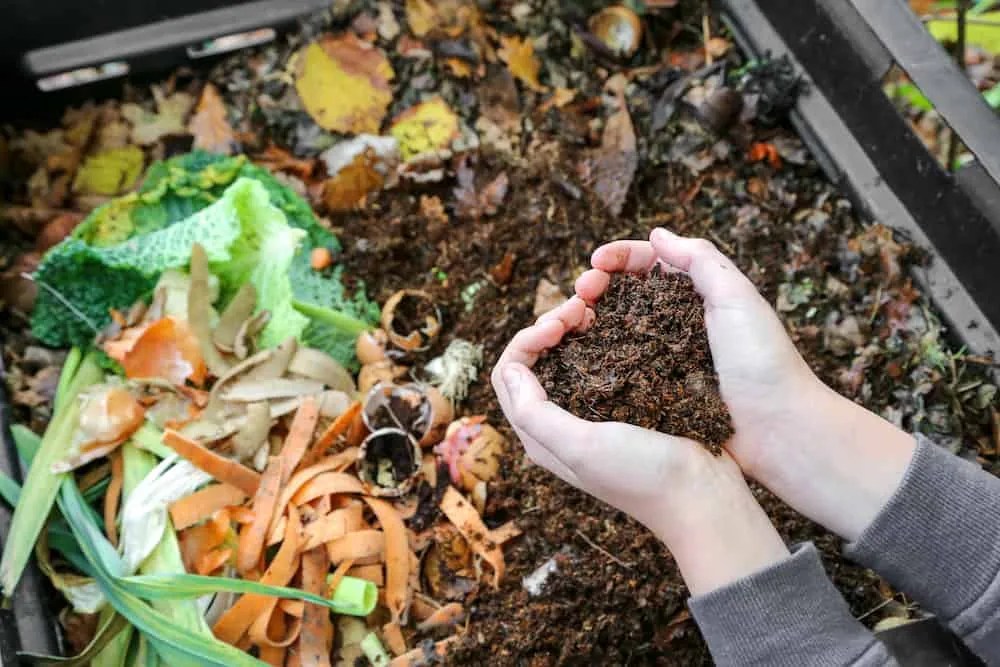Related
Have you discovered the joys ofkeyhole gardeningyet ? The name " keyhole " describes how this garden looks from above due to its famous round shape . This type of garden has a pathway open to the center of the circle where there ’s a compost " basket " to promote nutritionary dirt . The alone form also allow more accessibility for the gardener .
Take a aspect at these five benefits as to why keyhole gardening should be in your future !
What Is a Keyhole Garden?
Image credits : wonderisland via Shutterstock
Keyhole gardens began in Zimbabwe to serve people raise their intellectual nourishment . The idea was to apply available textile , such as sticks and Isidor Feinstein Stone , to build the garden and then apply compostable material to grow nutrient - fat soil . Additionally , this food - packed soil produces a sizeable food source .
When constructing a keyhole garden , the basics stay the same . The form resembles a keyhole from above , a rope with a hole in the middle , and a path from the exterior to the center . A basket at the center of the garden houses the constitutional textile , and filth slop slightly down and outward from the hoop to the out bulwark of the garden .

From low to the ground to pelvis top , the height of the garden bed can fluctuate bet on the nurseryman . insure out how toDIY a evoke garden bedso your keyhole gardening journey can get down ; Just remember to keep that general circle shape for optimum results .
Benefits of Keyhole Gardens
1. Nutrient-dense Soil
range course credit : A3pfamily via Shutterstock
The canonic pattern of the keyhole garden centers around a basket made to receive organic waste . water this basketful soaks the compost material , which liberate nutrients into the filth .
Using compostin a garden provides a whole legion of benefits to the soil . Gardens with compost material have better soil structure , allowing them to flourish in position where the land does not . Compost helps strengthen sandy ground to retain water and nutrients while doing the antonym for cadaver filth ! In stiff soil , compost loosens up the particles to allow etymon and water to spread throughout .

2. Reduce Waste
Image recognition : Jerome . Romme via Shutterstock
Organic wastefulness , such as kitchen scraps , fall foliage , and chaff , is full of nutrient – Why not put that to upright consumption ? rank the organic subject into the keyhole garden basket improves the soil and reduces waste . Think of it as asmall compost bin .
Another room these gardens cut wastefulness is in the construction material . For this way of garden , vulgar materials , such as stones , bricks , Ellen Price Wood , cardboard , and other around - the - house edifice materials work bang-up for keyhole garden .

3. Better For Our Planet
Image credits : Julia Filirovska via Pexels
Keyhole gardens and the unique way they utilise composting cloth to meliorate the grease bring down the need for plant food . Fertilizer , often constitute in the runoff of soil , lend to defilement in water systems . compost material acts similarly to aslow - releasing fertiliser , cater micro and macronutrients without synthetic chemical .
Keyhole gardening and its compost provides essential plant nutrients to help your garden boom , inviting life like insect , fungus kingdom , and bacteria , all of which aid in plant life health .

4. Water Retention
Image credit entry : Creative2USA via Pexels
When a garden has healthy stain , the power to retain water and nutrients is much higher . An gain of only 5 percent in compost fabric will quadruple the soil ’s power to retain water ! Proper water retentiveness will give you a hydrous garden and keep the soil from drying out too quickly . If you live in an exceptionally raging clime , you ’ll need to water more often .
5. Accessibility
Image credits : Crowing Hen via Shutterstock
With the tract up the middle , keyholegarden designsaccount for nurseryman who can not crouch down to low - lay gardens , or those who have other mobility limitations . The unique access point activate the gardener to attain all the plants in the garden with relative relaxation .
Best Plants for a Keyhole Garden
Image credits : Jonathan Kemper via Unsplash
Choosing plants for your keyhole garden ultimately depend on the goal of the gardener ! Whether it ’s as a food beginning or yourplanning a recurrent garden , determining the purpose of the space is the first step .
Generally , planting at least four source veg helps assist in prevent the garden fecund and grunge informal . A good companion plant for source vegetables are leafy ones ! So consider usingroot vegetableslike cultivated carrot , onions , and garlic with leafy veg like spinach , lettuce , and herbs .

Woman hand holding soil in heart shape for planting
Garlic is exceptionally goodat repelling pesterer and coney . Also , growing plants like peas will amend your soil with nitrogen !
The Key to Success!
There you have it – keyhole gardens have many benefits to people and to the earth itself ! The nutrient - slow territory provides the perfect fundament for a sizeable , thriving food source . From reduce dissipation and H2O consumption to improving soil structure and food character , keyhole gardens can be a joy for all .
Do you use a keyhole garden to grow food ? portion out your experience in the comment section below !

Woman hand holding soil in heart shape for planting

hands holding compost above the composter with organic waste



